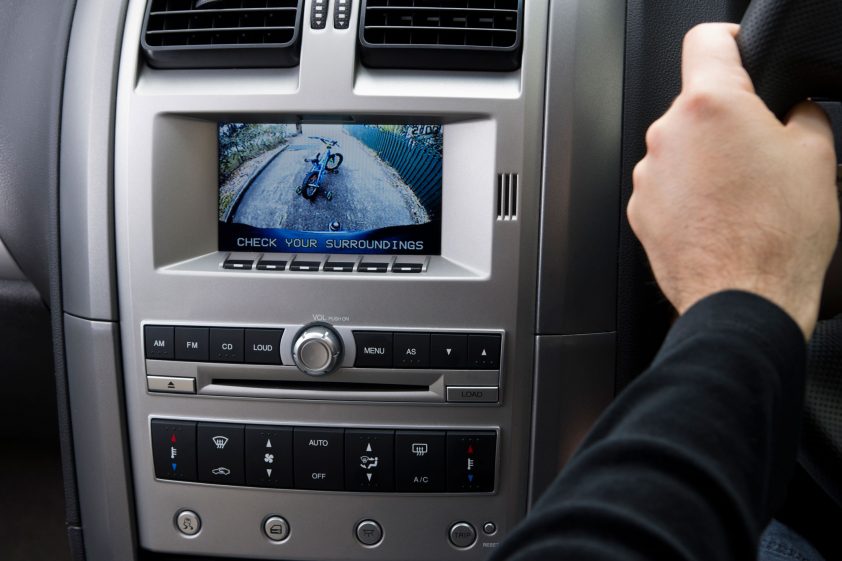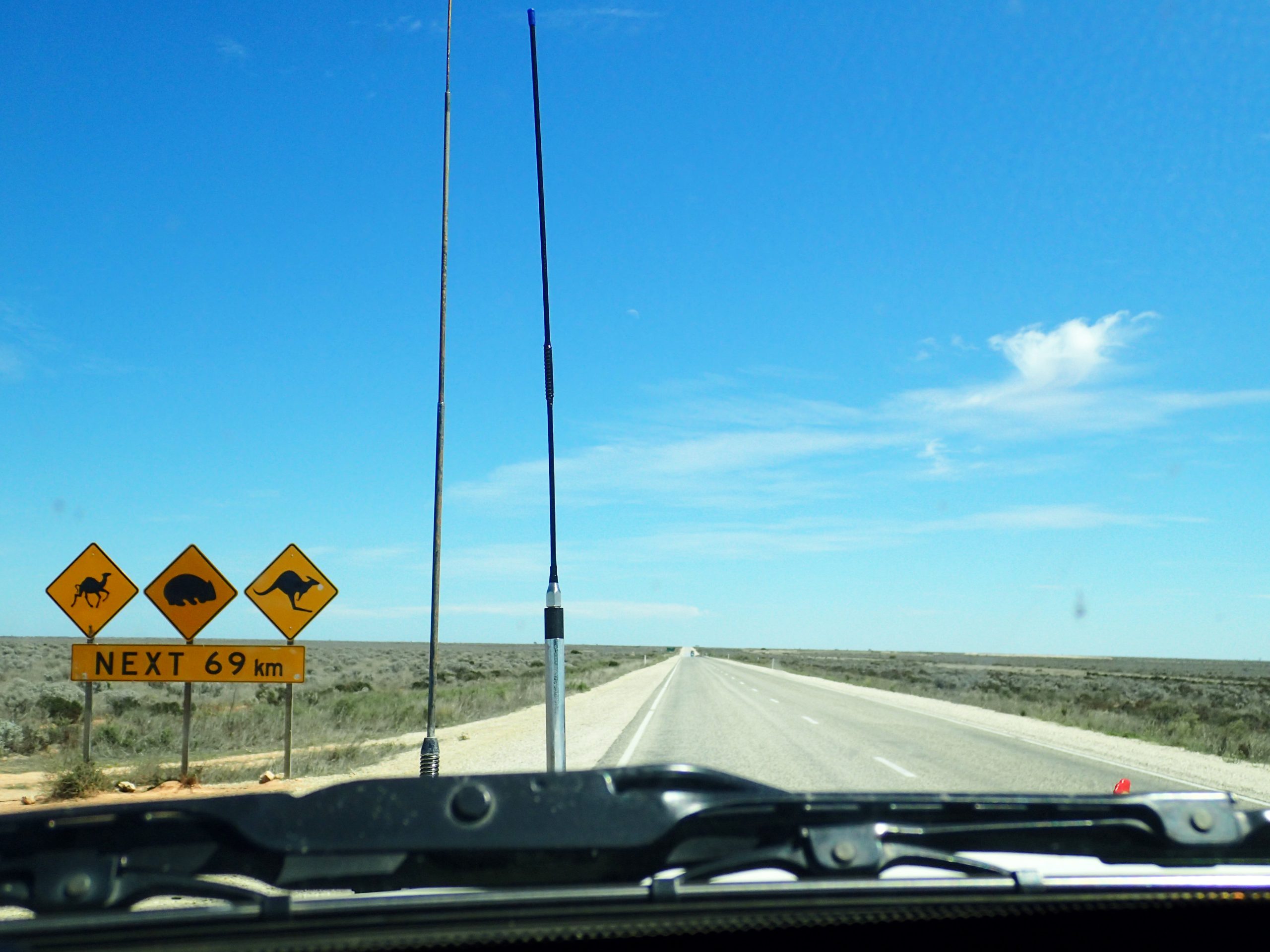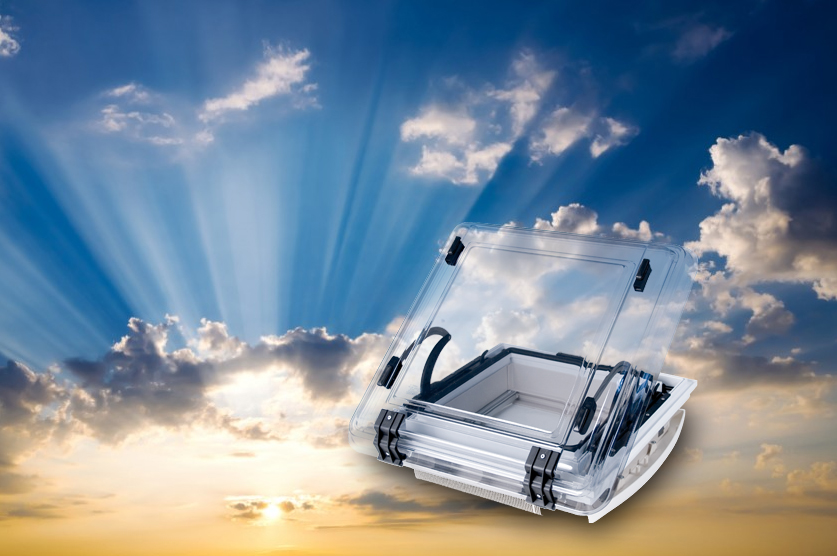It wasn’t long ago that reversing cameras were the stuff of science fiction, but now, of course, they come as standard and optional equipment on many new vehicles. Naturally, the same trend is starting to occur in caravans. However, we’re not quite there yet, and for most of us, fitting an aftermarket caravan reversing camera is our only option. So, what should you look for in a reversing camera for caravans?
Features
Given the amount of work involved in installing a caravan reversing camera, it’s important to make sure you’ve got a good one from the outset. Here are some of the features you should consider:
- Good night vision, with at least 10 LEDs.
- Audio that lets you hear people and cars approaching and allows you to hear your assistant’s directions.
- Forward-motion capability that allows you to use the camera while driving so you can monitor other vehicles when merging or when they’re overtaking.
- A viewing angle of 90 degrees provides the optimum balance between seeing where you’re reversing and allowing you to safely judge approaching vehicles.
- A sun shield for good daylight vision.
- Mirror-image capability to simulate a rear-view mirror.
- A choice of either a round or square unit. Round units are mounted flush to the rear wall of the van, while square units offer more mounting options. The difference is largely aesthetic, although a square unit is likely to have better lighting.
- An all-in-one kit that includes camera, dash- or windscreen-mounted LCD monitor, mounting equipment, cabling and connectors, as well as clear installation instructions.
- Full integration with your towing vehicle so the system is automatically activated when the vehicle is put in reverse.
Durability
The reversing camera unit should have a waterproof and dust-proof housing rated to at least IP67 (resistant to water up to one metre for 30 minutes, and resistant to dust), but this level of durability also needs to extend to the cable connectors, especially at the coupling (where it’s often disconnected) and the mounting point (for stowage). A dust cap is a must for when the caravan is unhitched from the tow vehicle.
CCD or CMOS?
Like any digital camera, a reversing camera uses an image sensor that captures light and converts it into a digital signal. There are two types of sensor: Charged Coupled Device (CCD) and Complementary Metal Oxide Semiconductor (CMOS).
CCD provides a better picture with lower noise and captures the entire image simultaneously, while the CMOS sensor captures it line by line. CCDs can handle challenging low light and bright light situations, especially where fluorescent lighting is present; CMOS, on the other hand, is prone to flickering under fluorescents. Because of the linear way it captures light, CMOS is also prone to image distortion with fast moving objects, such as passing cars.
As far as reversing cameras are concerned, CCD has the clear advantage over CMOS.
Security
Security is becoming a big issue for caravan owners. Ideally, ensure the camera’s housing and mounting colour match the part of the caravan it will mount to so it won’t stand out. Much like a TomTom GPS device, the monitor should be easily removable for safe stowage.
Installation
The ease of installation depends entirely on the level of finish you want. Importantly, the camera should come with ample cabling to ensure that you can run it down walls and along chassis members to the coupling, then up into the tow vehicle. Some manufacturers will cut the cable to the length you need. Before buying, measure the rough distance that the cabling needs to travel (allowing for excess) and, if possible, read through the installation guide first. The cabling should be adequately insulated to protect it from wear and from electromagnetic interference (EMI).
With enough time and patience, installing a reversing camera makes for a good DIY project. Look out for extra materials and equipment that you’ll need during installation –consider that you may have to breach the wall or remove moldings on your caravan. Failing this, many retailers also provide an installation service.
Wireless may not be ready
Wireless cameras are a tempting prospect as, save for power, they reduce the amount of cabling you need. However, the current crop of wireless products is susceptible to EMI. Quite simply, you don’t know whether one will work properly until you install it – just think about sending video through all the metal and electrics between the rear of the van and the driver’s seat.
Caravan reversing cameras aren’t just about taking the guesswork out of manoeuvring; they’re about ensuring the safety of you and those around you and keeping your investment in tiptop shape.
Until you decide which caravan reversing camera is right for your vehicle, it’s a good idea to brush up on your caravan reversing skills.





